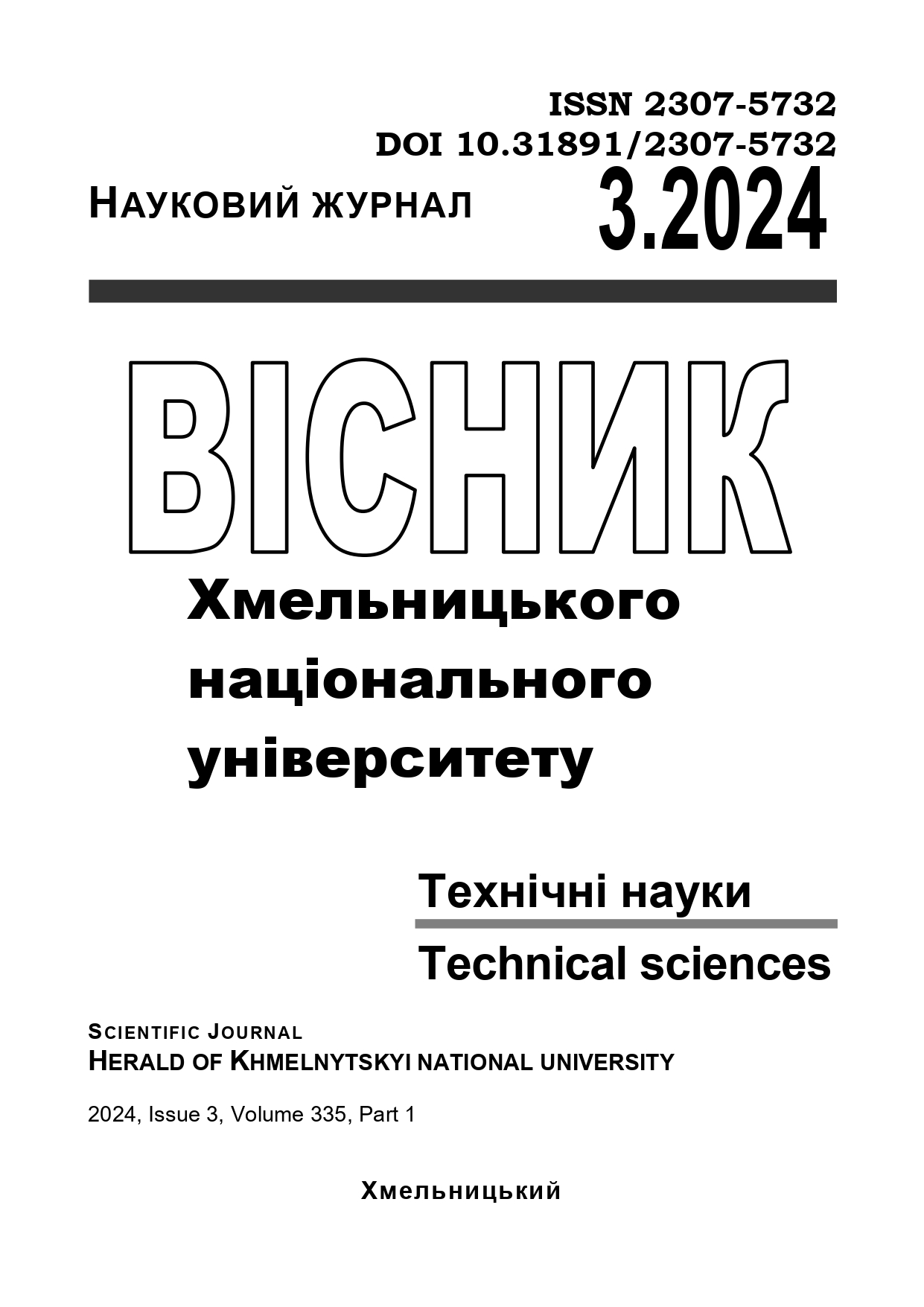ANALYSIS OF THE EFFICIENCY OF THE APPLICATION OF PROTECTIVE SHUNTING OF THE INSULATION OF THE DAMAGED PHASE TO GROUND OF THE 6-35 KV DISTRIBUTION NETWORK
DOI:
https://doi.org/10.31891/2307-5732-2024-335-3-18Keywords:
distribution network, single-phase earth fault, distribution network,, protective shunting of the damaged phaseAbstract
Studies of the patterns of changes in electrical quantities during shunting of single-phase circuits to the ground in loaded three-phase networks have shown that it is possible to consider shunting of single-phase circuits to the ground for unloaded lines, since the load does not affect the current and voltage at the shunting point. Obtained dependencies for calculating the current at the short circuit with residual voltage when shunting the damaged phase with capacitive, inductive and active-inductive shunt.
Studies of currents during shunting of single-phase circuits on the housing and in the windings of electricity receivers have been carried out. Analytical expressions for currents in turn-to-turn circuits in step-down transformers and motors have been found. Calculations for transformers with a capacity of 160, 250, 400, 630 kVA showed that the current through the shorting point after its shunting increases compared to the current before shunting single-phase circuits to the ground, and the voltage drop on the grounding resistance is one hundred volts or more, that is, shunting is ineffective .
It was established that in the place of occurrence of single-phase short-circuits to the ground in the sections of the network between the place of the short-circuit and the place of installation of arresters, the overvoltage is not limited during the burning of the arc, therefore there is a danger of the transition of single-phase short-circuits to the ground into short-circuits in different sections and two-phase short-circuits through the ground. The use of fast-acting (5÷10 ms) shunting of the single-phase circuit to the ground is more effective than protection by arresters. In this case, the duration of arc overvoltages decreases from half a second or more to one hundredth of a second; after extinguishing the arc, the damaged phase is galvanically connected to the ground, as a result of which the overvoltage on the damaged phases does not exceed at a frequency of fifty hertz a multiple of one integer and eighty-two hundredths of the nominal voltage; there are no high-frequency components of overvoltages.

